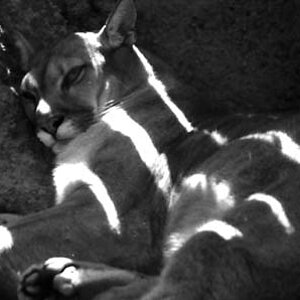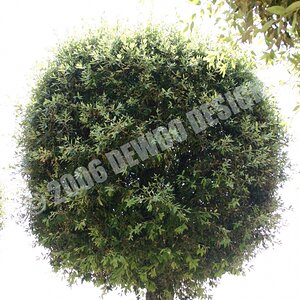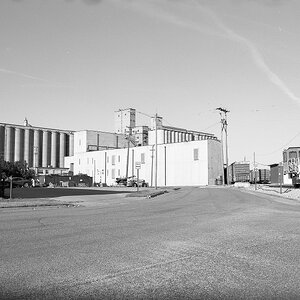kristin11079
TPF Noob!
- Joined
- Feb 13, 2007
- Messages
- 1
- Reaction score
- 0
- Can others edit my Photos
- Photos OK to edit
Hey everybody, thanks in advance for the help on this, it's my first post.
I'm an absolute beginner in terms of photography. I have a Canon EOS Elan 7 camera with a zoom lens. I'm going on a once in a lifetime trip to Japan coming up in about a month, and I really want my photos to turn out well. I plan on just using the pre-programmed settings on my camera (I don't know enough about it yet to experiment successfully, and this trip is not the time to risk having my photos not turn out.) My question is, what film should I buy? A couple of factors:
1) It may be asking a lot, but I want something that will take beautiful photos in a variety of conditions. I'll be shooting mostly in daylight outdoors, I believe, but not entirely.
2) I don't want to get prints of everything -- I'd like to have them scanned to digital, and select a few images to have enlarged from there. The rest will go on a DVD slideshow.
3) I don't care much about price. We're already spending a lot of money on this trip, it's worth it to pay the extra for nice film and processing.
So suggestions please? I honestly can't figure out what speed to get, what brand, what type, whether even slide film might be better. I have confused myself thoroughly, and could use some advice. Thanks!
I'm an absolute beginner in terms of photography. I have a Canon EOS Elan 7 camera with a zoom lens. I'm going on a once in a lifetime trip to Japan coming up in about a month, and I really want my photos to turn out well. I plan on just using the pre-programmed settings on my camera (I don't know enough about it yet to experiment successfully, and this trip is not the time to risk having my photos not turn out.) My question is, what film should I buy? A couple of factors:
1) It may be asking a lot, but I want something that will take beautiful photos in a variety of conditions. I'll be shooting mostly in daylight outdoors, I believe, but not entirely.
2) I don't want to get prints of everything -- I'd like to have them scanned to digital, and select a few images to have enlarged from there. The rest will go on a DVD slideshow.
3) I don't care much about price. We're already spending a lot of money on this trip, it's worth it to pay the extra for nice film and processing.
So suggestions please? I honestly can't figure out what speed to get, what brand, what type, whether even slide film might be better. I have confused myself thoroughly, and could use some advice. Thanks!


![[No title]](/data/xfmg/thumbnail/38/38261-db20f6f92ee8f0d4c5cf1536e308638b.jpg?1619738546)

![[No title]](/data/xfmg/thumbnail/30/30858-42113a4c092a5983afa30e5c35cce4d0.jpg?1619734478)

![[No title]](/data/xfmg/thumbnail/32/32930-09414fc020c2a60a456ff59a05c5ef8f.jpg?1619735759)
![[No title]](/data/xfmg/thumbnail/38/38263-ad5e4c9e677626ddb5b1e7cdf9ebe40e.jpg?1619738548)
![[No title]](/data/xfmg/thumbnail/38/38262-10a9668da9a2b36a92cddde57caf87bc.jpg?1619738547)


![[No title]](/data/xfmg/thumbnail/30/30859-ec099dbef074432d32832fceb25cf539.jpg?1619734479)

![[No title]](/data/xfmg/thumbnail/32/32929-22e23acc63d6ecb25e5ee941be87121f.jpg?1619735758)